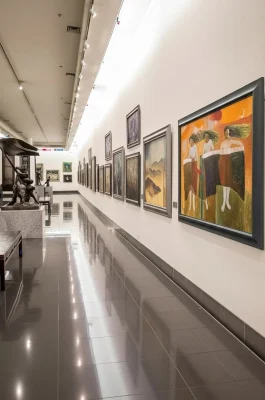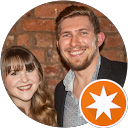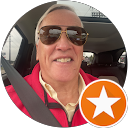The Vietnam National Fine Arts Museum is one of Vietnam’s most important cultural institutions, offering a comprehensive and insightful look at the nation’s artistic evolution. It is an ideal stop for visitors looking to understand Vietnamese culture, history, and creative spirit beyond political and military narratives.
I. General Overview and History
Historical Building: The museum is housed in a beautifully preserved building that dates back to the French colonial period in the 1930s. It was originally constructed as a boarding school for the daughters of French officials.
Vietnamese Transformation: In 1962, the building was renovated and adapted to incorporate traditional Vietnamese architectural elements, such as roof tiles and lattice windows, officially opening as the National Fine Arts Museum in 1966.
The Collection: The museum preserves nearly 20,000 art objects, with approximately 2,000 major pieces on permanent display across three floors, covering over 3,000 m2 of exhibition space.

II. Key Collections and Cultural Highlights
The museum is arranged chronologically and thematically, guiding visitors through the various epochs of Vietnamese art:
Ancient & Feudal Art: Features artifacts from prehistoric times, including intricate bronze sculptures, stone carvings from the Champa and Khmer kingdoms, and Buddhist art from the 11th to the 19th centuries.
Folk Art and Handicrafts: A highlight is the display of traditional folk paintings (Tranh Dân Gian) and applied arts, showcasing the creativity of various ethnic groups. This includes vibrant Đông Hồ woodblock prints.
Modern Art: The 20th Century collection is particularly strong, featuring masterpieces by renowned Vietnamese artists like Nguyễn Gia Trí and Tô Ngọc Vân. Visitors can see the evolution of art styles, including the famed Lacquer Paintings (Sơn Mài), silk paintings, and works reflecting the years of war and national reunification.
National Treasures: The museum proudly houses several officially recognized National Treasures, underscoring its historical importance.
III. Practical Visitor Information
Strategic Location: The museum is centrally located in the Ba Đình District, directly across the street from the famous Temple of Literature (Văn Miếu – Quốc Tử Giám), making it convenient to visit both sites in a single half-day trip. It is about a 15 minute walk from Hoàn Kiếm Lake.
Visitor Services: The museum offers a small café on the ground floor and luggage storage facilities for large bags and backpacks.
| Detail | Information |
|---|---|
| Address | 66 Nguyễn Thái Học Street, Điện Biên, Ba Đình, Hanoi, Vietnam. |
| Operating Hours | 8:30 \text{ AM} – 5:00 \text{ PM}$ |
| Closing Day | Every Monday and major Vietnamese public holidays (e.g., Tết/Lunar New Year). |
| Admission Fee (Adults) | 40,000 VND (approx. 1.70 USD) |
| Admission Fee (Discounted) | Students (with ID): 20,000 VND Children (6−16): 10,000 VND Children under 6/Disabled: Free |
| Guided Tours | Available in Vietnamese, English, Chinese, and French. Fee: 150,000 VND per group (max 25 people). Must be booked in advance. |
| Audio Guide (iMuseum VFA) | Available for a fee (50,000 VND for adults). |
| Phone Number | +84 24 3823 3084 (Exhibition and Education Department) |

IV. Traveler's Notes
Time Commitment: A recommended time for a visit is 1 to 2 hours.
Attire: Visitors are encouraged to dress modestly, as is standard practice for national cultural institutions in Vietnam (e.g., sleeveless tops and shorts above the knee are discouraged).
Creative Space: The museum runs educational programs and workshops in its Creative Space for Children (ages 5−15), which can be a great option for families traveling with young children, though these usually have a separate ticket fee and specific timetables.









